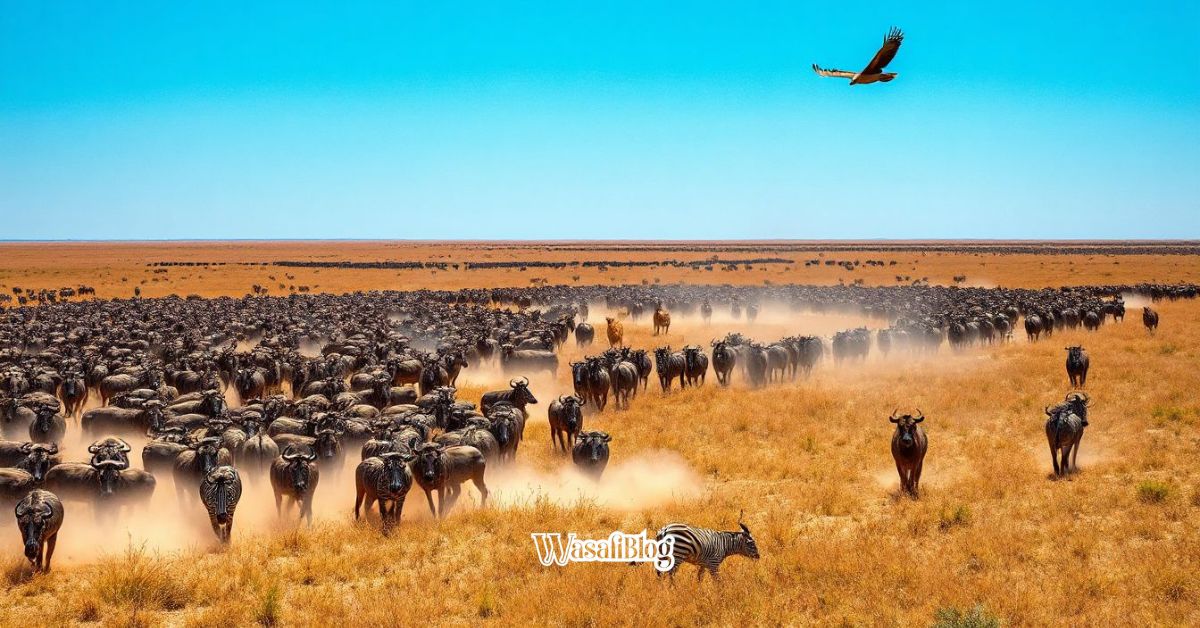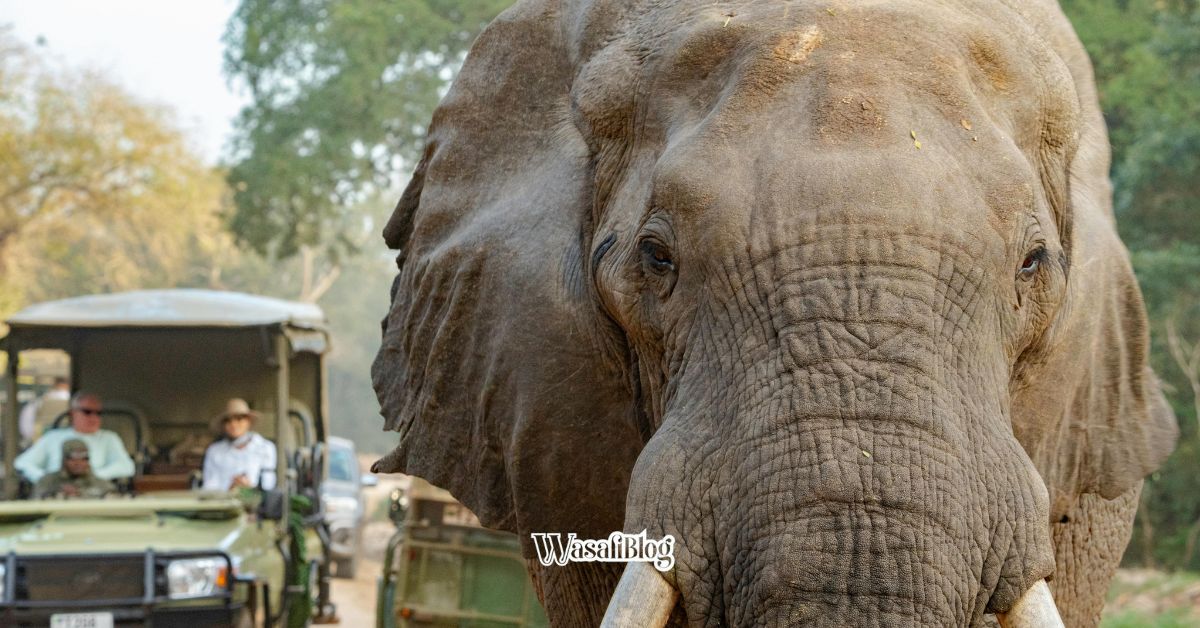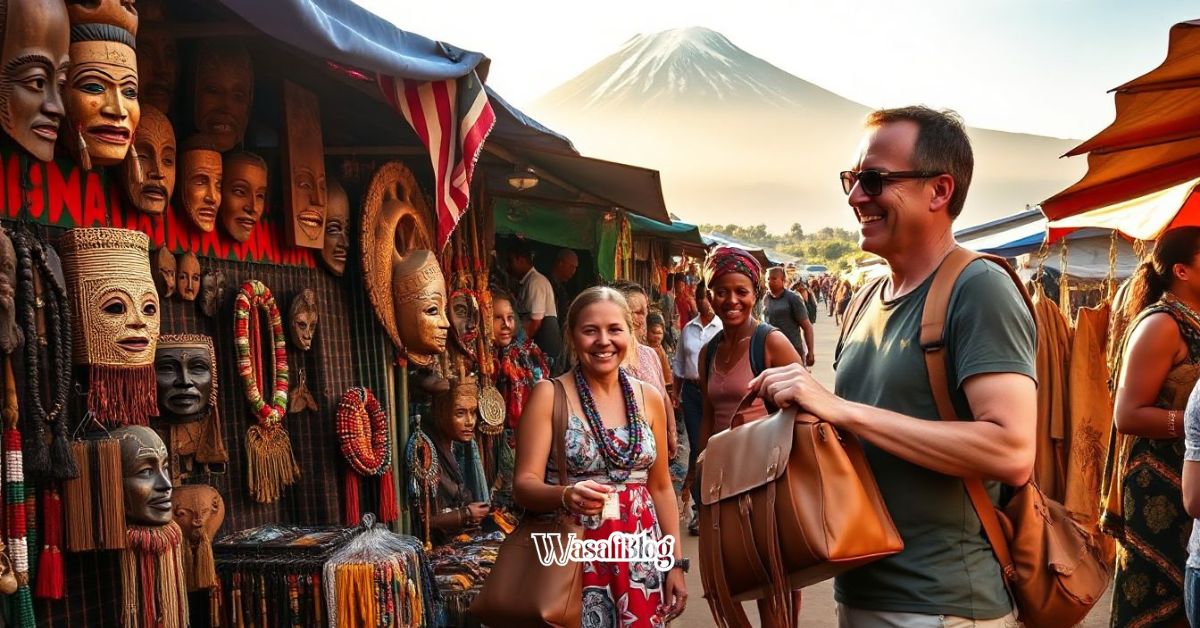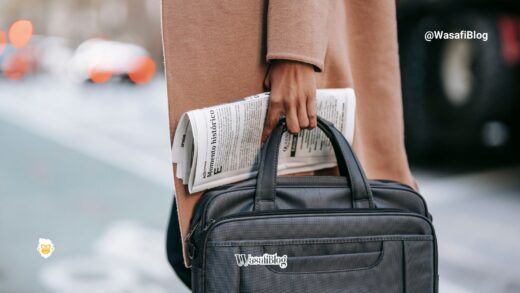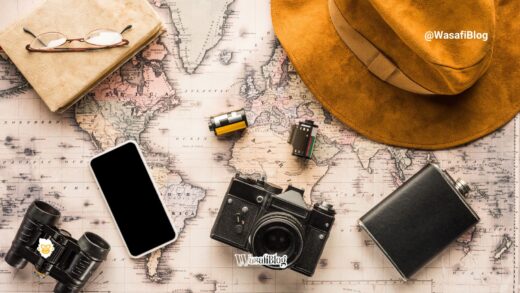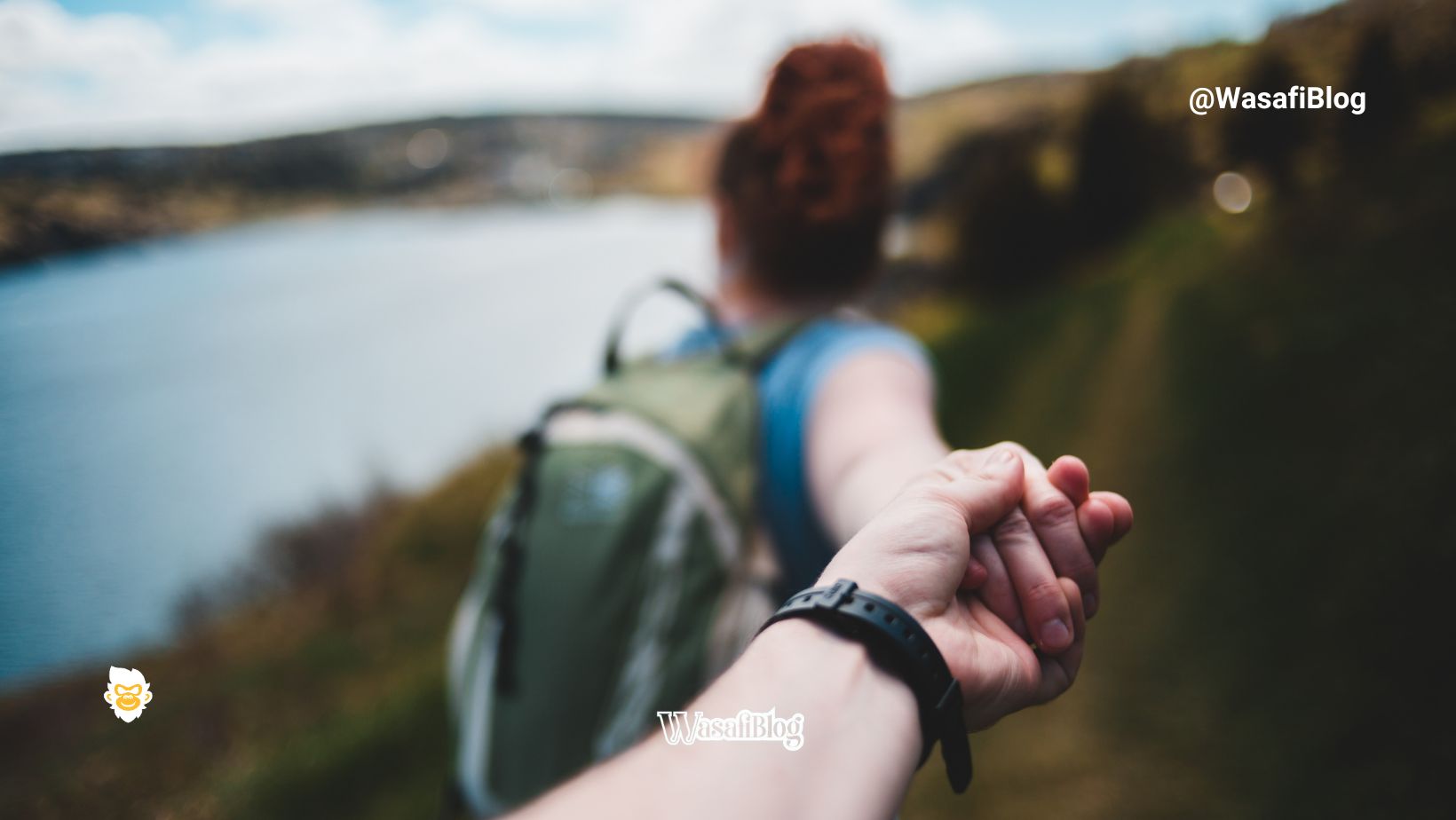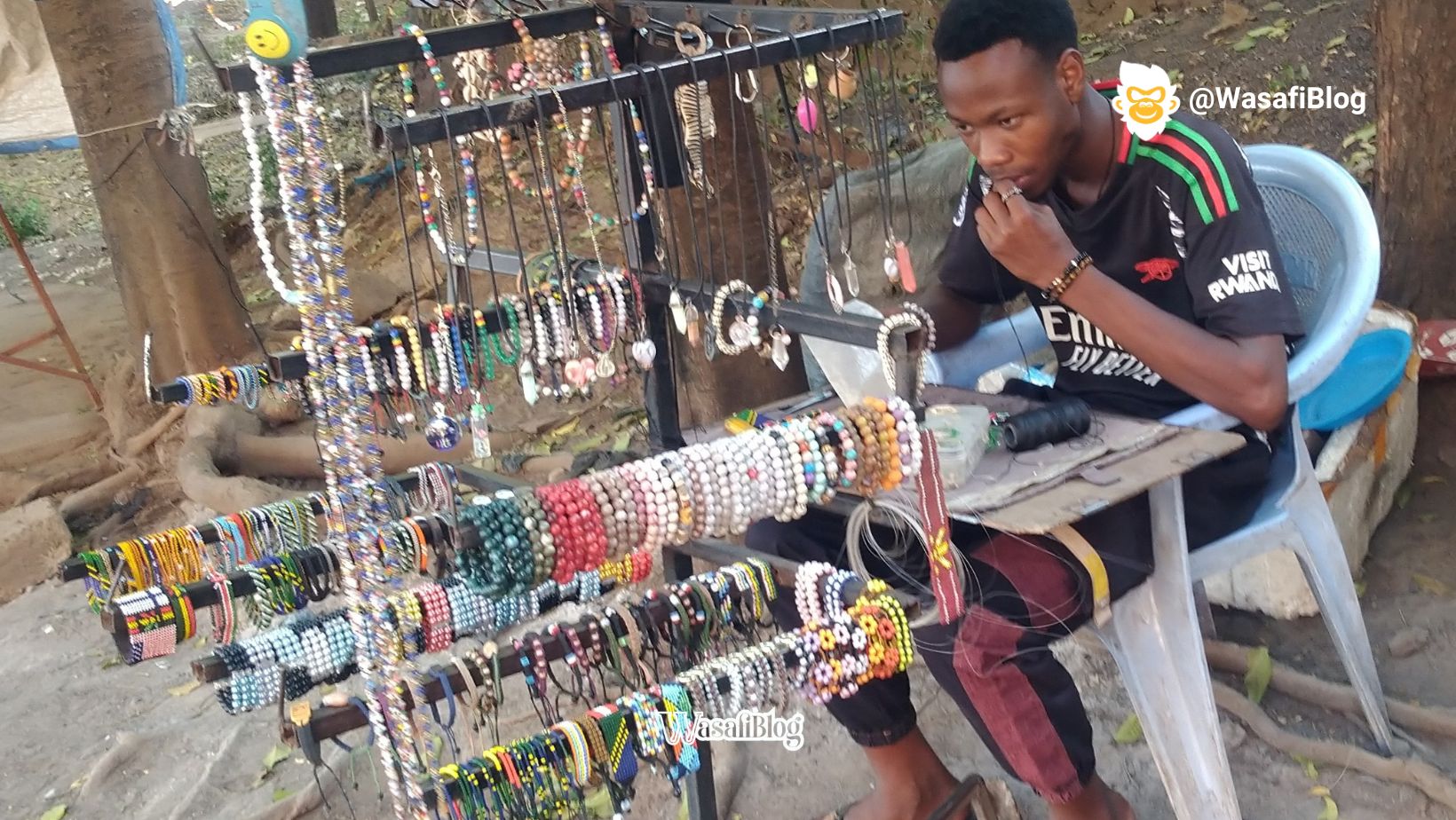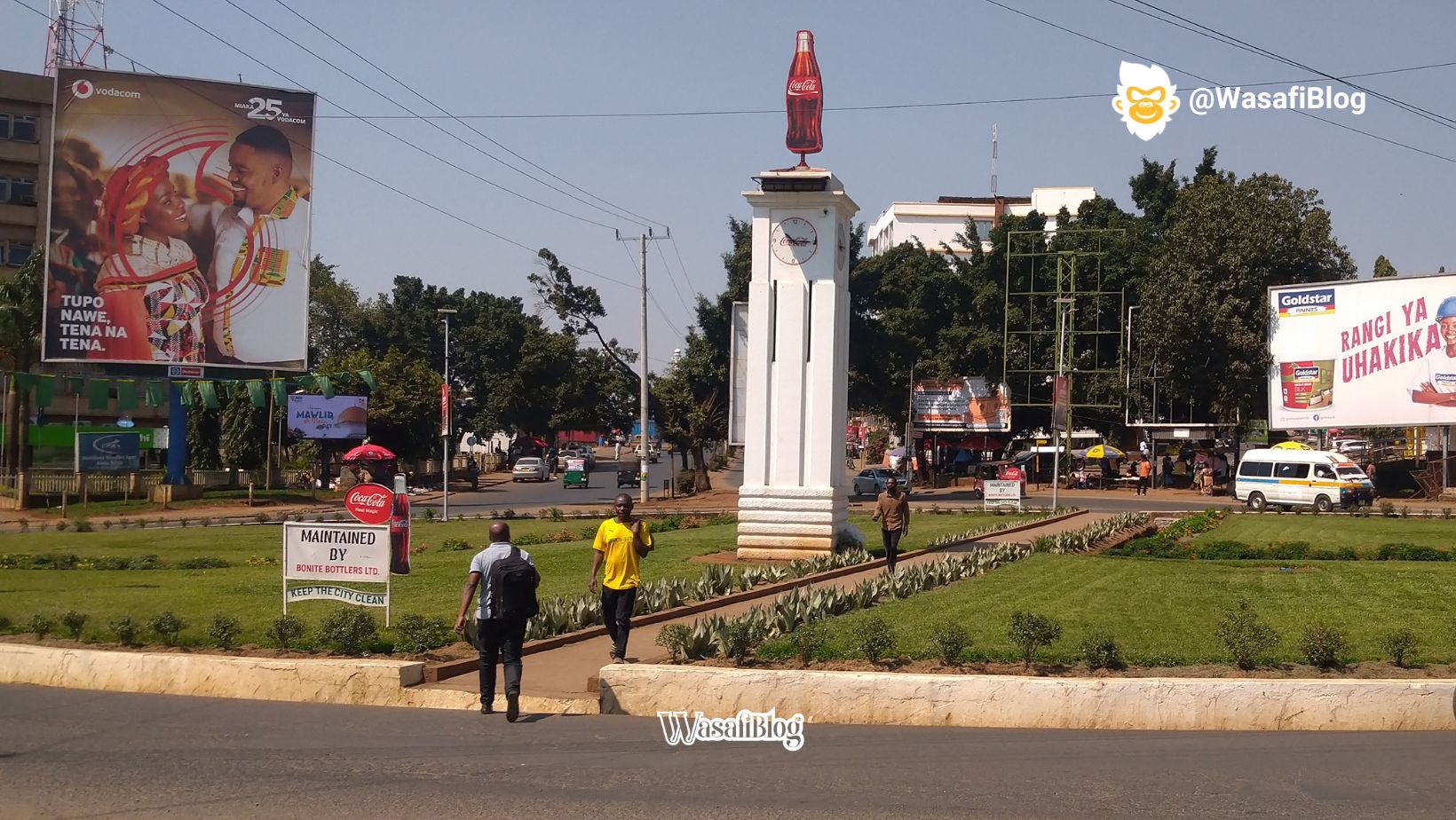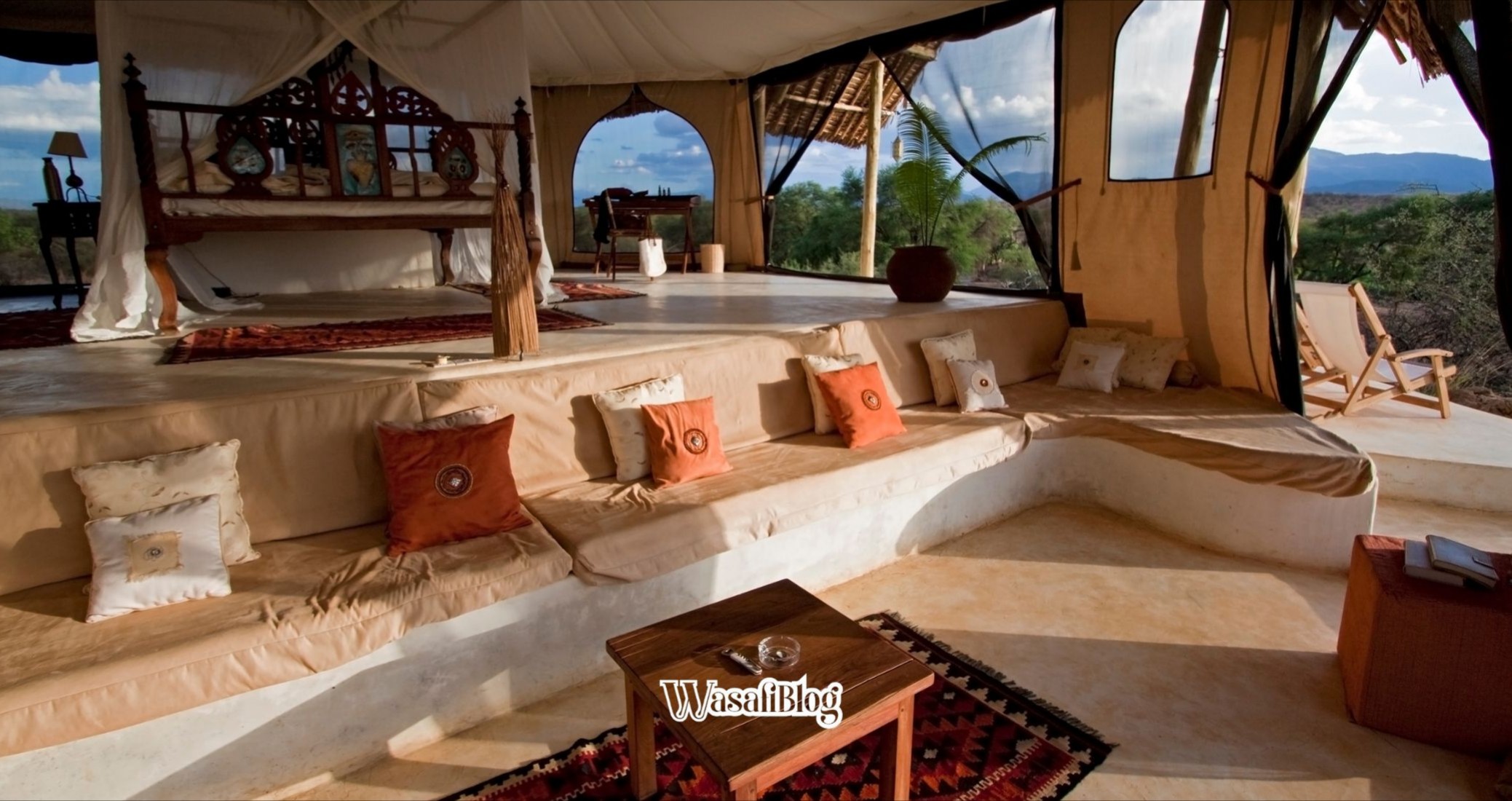Imagine reaching the Roof of Africa, the summit of Kilimanjaro. The view is breathtaking. The achievement feels immense. But what if your climbing was hampered? What if an overloaded pack, uncomfortable gear, or useless items weighed you down?
Many aspiring Kilimanjaro climbers focus heavily on what to pack. They often overlook the crucial mistakes of what not to bring. This can lead to unnecessary weight and discomfort. It might even put your climb at risk. This guide will equip you with vital knowledge.
Learn what not to pack and leave behind. Ensure a lighter, more comfortable, and successful Kilimanjaro expedition.
The Overpacking Pitfalls
The Illusion of “Just in Case”
Many climbers pack for every possible scenario. They think of rare, unlikely events. This “just in case” mindset adds lots of extra weight. You end up carrying items you won’t use. It makes your pack heavier. A heavy pack makes the climb harder.
Embrace a minimalist mindset. Focus on essential items. Look for things that do more than one job. This simple switch lightens your load a lot.
The Burden of Unnecessary Duplicates
Bringing multiple versions of the same item adds dead weight. For instance, you might pack three pairs of hiking socks. Often, two are enough. These extra items take up space and add pounds. Every extra ounce makes a difference on the mountain.
Think about a climber who brings a full-size shampoo bottle. A small travel-sized one works just as well. A solid shampoo bar is even more practical. These small changes help you save weight.
Weight vs. Comfort: Finding the Balance
Packing light is key for Kilimanjaro. However, comfort and safety are paramount. You must find a good balance. Don’t compromise on essential gear that keeps you safe and warm. Some items are worth their weight.
Prioritize high-quality, lightweight versions of your essential gear. Choose these over bulky, heavy options. This way, you stay comfortable without carrying too much.
Clothing Culprits to Leave Behind
Bulky “Fashion” Outerwear
Leave your stylish down jackets at home. Heavy parkas designed for city wear are not for Kilimanjaro. They are often too warm. They are heavy and don’t breathe well enough. Kilimanjaro’s weather changes quickly. You need adaptable layers, not one heavy coat.
Expert guides suggest specific insulating layers. They recommend gear that handles varying conditions. Proper layering is always better than a single bulky item.
Excessive Casual Wear
Bringing “going out” clothes serves no purpose on the mountain. Multiple pairs of jeans are impractical. They add significant weight to your pack. Denim also takes a long time to dry. This is a big problem on Kilimanjaro.
Pack versatile base layers and mid-layers. Add an outer shell. These pieces can be combined for different temperatures. Focus on moisture-wicking and quick-drying fabrics. They keep you comfortable and dry.
Unnecessary Undergarments
Many people pack more underwear than they need. This is a common packing error. Especially if they are not made of quick-drying materials. Wet cotton underwear can chafe and cause discomfort. It also holds moisture, making you colder.
Pack enough pairs of moisture-wicking underwear for a few days. You can wash them if needed. Or, choose high-quality synthetic fabrics. These dry fast and keep you feeling fresh.
Footwear Faux Pas
Too Many Pairs of Shoes
While a spare pair of socks is wise, too many shoes are not. Bringing multiple pairs of heavy hiking boots is rarely needed. You also don’t need extra casual shoes. Your main hiking boots do most of the work.
One climber brought both heavy hiking boots and lighter trail runners. In the end, only the boots were truly needed. The trail runners just added useless bulk. Stick to one reliable pair of boots and a light camp shoe.
Unbroken-In Hiking Boots
This is a critical point. Break in your hiking boots well before the trek. New, stiff boots can cause blisters. They can also lead to foot pain. Uncomfortable, blister-inducing boots can easily end your trip early.
Wear your chosen hiking boots on many training hikes. Make these hikes longer and harder over time. This prepares your feet and shoes for the real climb.
Casual, Non-Supportive Footwear for Camp
Don’t pack heavy sneakers for camp. Casual shoes take up too much space. They also add extra weight. Lighter, packable camp shoes or sandals are a better choice. You need something easy to slip on after a long day of hiking.
Consider lightweight waterproof sandals. Or, bring packable slip-on shoes. These offer comfort during your rest periods at camp. They are also much lighter.
Gear Gaffes and Gadget Goofs
Overly Technical or Specialized Electronics
Leave niche electronics at home when packing for Kilimanjaro. They often add weight. They might also malfunction in mountain conditions. Think about how much you really need them. A drone, for instance, is likely too heavy and complex.
Focus on essential power solutions. Bring a reliable power bank. A universal adapter is good if needed. These keep your phone and headlamp charged.
Large, Heavy Toiletries
Full-sized toiletries create a lot of bulk. A standard 12-ounce shampoo bottle can weigh over three-quarters of a pound. A travel-sized bottle is often less than a quarter-pound. The savings add up fast. Use travel-sized items.
Look for solid alternatives like shampoo bars. Choose multi-purpose products. For example, a soap that works for the body and hair. This saves both weight and space.
Unnecessary Camp Comforts
Your tour operator usually provides a sleeping pad. Items like heavy camping chairs are not needed. Extensive cookware or multiple pillow options are also best left at home. The porters carry communal gear.
Pack a lightweight, packable pillowcase. You can stuff it with soft clothing. This creates a comfortable sleeping experience without extra weight. Keep your personal comfort items minimal.
Food and Hydration Fumbles
Excessive Personal Snacks
Carrying some personal snacks is recommended. But bringing a week’s worth of heavy, high-calorie bars is too much. Tour operators provide most of your food. Porters will carry the bulk of your meals. This is part of the service.
Confirm your tour operator’s recommendations for personal snack quantities. They can advise on what is best. Focus on small, high-energy items you truly enjoy.
Single-Use Water Bottles
Don’t pack lots of disposable plastic water bottles. They add weight. They also create a lot of waste on the mountain. Environmental impact is a real concern on Kilimanjaro.
Invest in a high-quality reusable water bottle. Or, use a hydration reservoir system. These are better for the environment. They also ensure you stay hydrated efficiently.
Water Purification Methods (If Not Necessary)
Some tour operators handle all water purification. They might provide filtered or boiled water. In such cases, bringing multiple water purification methods could be redundant. These items add unnecessary weight.
Confirm with your tour operator about their water provisions. Find out what water purification methods, if any, you need to provide yourself. This avoids carrying what isn’t needed.
Conclusion
Prioritize lightweight, multi-functional gear. Choose items that serve many purposes. Leave behind things that only do one specific job. Focus on technical, moisture-wicking clothing. This clothing should layer well. Avoid heavy, casual wear.
Smart packing for Kilimanjaro, especially for footwear and toiletries, really impacts your climb. It makes a big difference in your comfort. It also affects your overall climbing experience. By understanding what not to pack for Kilimanjaro, you’re setting yourself up for success. This means a lighter load, greater comfort, and a higher chance of reaching that magnificent summit.

